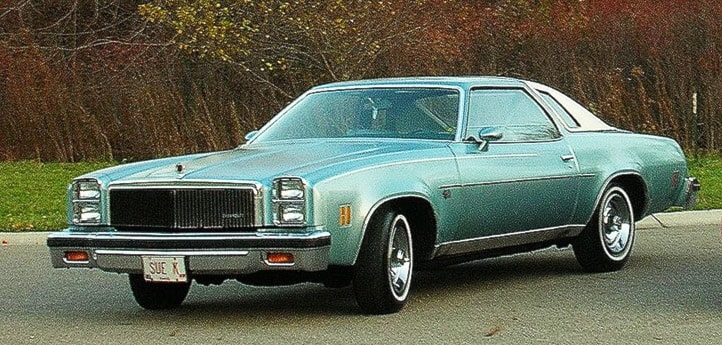No one likes to get into an icy cold car when the temperature is below freezing; and if you are just running into a store or the post office for a minute or two, it can be tempting to leave your motor running while you do so.
However, more and more communities are becoming “No-idle Zones”, in an attempt to combat air pollution, smog, and climate change. Natural Resources Canada says that if Canadians avoided idling their vehicles for just three minutes per day, every day of the year, carbon dioxide emissions could be reduced by 1.4 million tonnes annually. This would be equal to saving 630 million litres of fuel, and the equivalent of taking 320,000 cars off Canadian roads for an entire year.
Many drivers still cling to the belief that engines need to warm up for several minutes before they can be driven in cold weather. This was true when carbureted engines were common in vehicles, as carburetors mixed gasoline and air at a fixed rate to make vaporized fuel to run an engine. In cold temperatures, the gasoline was less likely to evaporate and create the correct ratio of air and vaporized fuel for combustion; hence the need for idling.
However, it has been about 30 years since carbureted engines were common in cars. Modern vehicles with electronic fuel injection have sensors that compensate for the cold by pumping more gasoline into the mixture. The engine continues to run rich in this way until it heats up to about 40 degrees Fahrenheit.
However, this can be a problem if the vehicle is left to idle for several minutes before being driven. The extra fuel going into the combustion chamber to make it burn can get onto the cylinder walls; and since gasoline is a very good solvent, it can wash oil off the cylinder walls if the vehicle is left idling in cold conditions for an extended period of time. This can significantly decrease the life of piston rings and cylinder liners; not to mention that you are burning extra fuel as the engine runs rich.
Experts say that driving a car is the fastest way to warm the engine up to 40 degrees, so that it switches back to the normal fuel-to-air ratio. The best thing to do is start the car, let it run for a minute while you clear away ice and snow, then get going. Since gunning your engine puts unnecessary strain on a cold car, take it nice and easy for the first five to 15 minutes of your journey, by which time the engine will be up to temperature.
Another myth is that letting your car idle while you pop into the grocery store for a jug of milk consumes less fuel in cold weather than turning it off and turning it on again. The truth is that idling for more than 10 seconds uses more fuel than shutting it off and re-starting it. The fuel consumed in 10 minutes of idling also consumes one-half to one-third of a litre of fuel, depending on the vehicle.
Idling cars are also a target for thieves. Unless the driver has a way of locking their vehicle while the key is in the ignition, an idling car is an invitation for a theft of opportunity, from items left inside to the vehicle itself.
If you like to get into a toasty warm car on a cold winter day, the best suggestion is to bundle up and start driving, which is the fastest way to heat the interior. And unless you are still driving a 1973 Chevelle, there’s no need to let the engine warm up for 10 minutes before you hit the road. Your vehicle—and the environment—will thank you.
